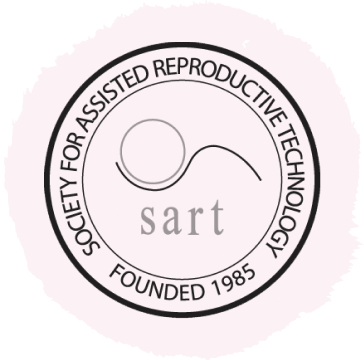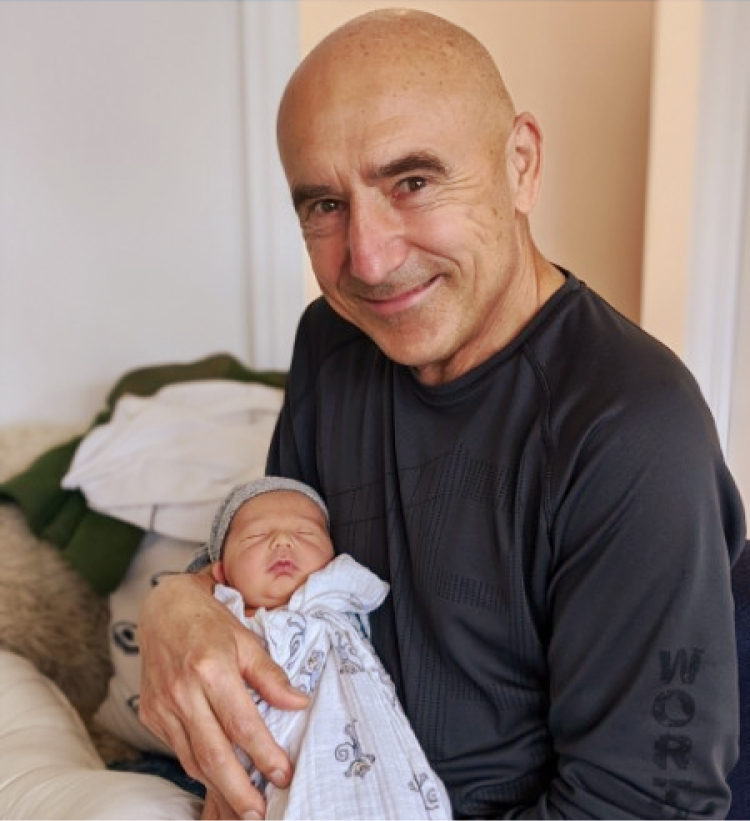


Impact of Female Weight on IVF Success
Increased maternal weight can have a profound negative effect on the IVF procedure and its outcome


Reproductive treatments cannot improve the quality of eggs and sperm, but patients’ close adherence to reproductive health guidelines can enhance the capacity of eggs and sperm to result in a healthy baby.
Since the success of IVF depends more on the quality of eggs than the quality of sperm, it is important to optimize egg quality before starting IVF treatment. Maintaining a healthy weight range for the future mother significantly contributes to optimizing egg quality.
Increased maternal weight can have a profound negative effect on the IVF procedure and its outcome. A healthy adult’s Body Mass Index (BMI) falls between 18.5 and 24.9, while the overweight range is 25.0 to 29.9, and obesity is 30 and above. Increased BMI can have several negative impacts on IVF treatment:
- More medication needed to stimulate the ovaries
Women with a BMI over 25 typically require a higher amount of medication to stimulate their ovaries for In Vitro Fertilization, yet they may still produce a suboptimal number of eggs. - Lower egg quality
High BMI disrupts glucose-insulin metabolism, which plays a crucial role in the maturation and development of eggs within the ovaries. - The safety of the egg retrieval procedure
The egg retrieval procedure is performed as a transvaginal egg aspiration with ultrasound guidance. With increasing BMI, the quality of ultrasound images deteriorates. For safety during the egg retrieval at Bay IVF, the patient’s weight must not exceed a BMI of 31. - Decreased uterine receptivity
Multiple studies have shown that increased female weight can negatively affect the quality of eggs. Until recently, it was unclear whether increased weight might also lower the receptivity of the uterus. A large study of almost 10,000 cycles of donor egg IVF demonstrated that the probability of live birth decreased with each BMI increase of the recipient mother. - Increased risk of baby’s heart defects
A Swedish study of over two million births found a steadily increasing risk of heart defect rates in offspring (including aortic branch defects, atrial septal defects, and persistent ductus arteriosus) with increasing maternal BMI. However, the study also revealed that exercise, whether initiated by mothers at a young age or later in life, mitigated the risk of congenital heart disease in offspring.
At Bay IVF, we strongly recommend that patients adhere to our reproductive health guidelines (PDF). By optimizing health, improving the quality of eggs and sperm, and gradually achieving their ideal BMI, patients can enhance their chances of success.
Meet Your Doctor

- Dr. Polansky received his medical diploma from Charles University in Prague, the Czech Republic, in 1978.
- After completing his OB/GYN residency at Jewish Hospital in Saint Louis, MO, he graduated from the Reproductive Endocrinology and Infertility (REI) fellowship at Stanford University in 1985.
- In the same year, he co-founded the Stanford IVF Clinic.
- Dr. Polansky obtained board certification in Obstetrics and Gynecology in 1986 and became REI subspecialty board certified in 1988.
- In 1987, he left Stanford University and established Nova IVF.
- In 2011, he founded Bay IVF, where he provides advanced fertility treatments with a holistic approach, utilizing state-of-the-art techniques.
- Dr. Polansky personally performs ultrasound examinations, egg retrievals, embryo transfers, and ovarian and endometrial stimulations for his patients.
- He is deeply committed to his patients and freely shares his cell phone number, ensuring accessibility and availability 24/7.
Frank Polansky, M.D.



Initial Appointment Questions
When you call to schedule your consultation, one of our Front Office Coordinators will ask you a short series of questions regarding your reproductive history.
Your Initial Visit at Bay IVF
Attending a new patient appointment at a fertility clinic can be stressful. Our primary objective is to ensure that your initial visit is friendly and relaxing. We encourage you to ask questions at every step of the process.

1 — When You Arrive
You will be welcomed by one of the clinic receptionists. One of our nurses will measure your height and weight and take your blood pressure

2 — Meet Your Doctor
Dr. Polansky will ask you a series of clarifying questions and then provide you with a summary of the factors contributing to your infertility

4 — Exam Room
One of the nurses will escort you to an examination room. Your examination will begin with listening to your lungs and heart

3 — Ask Your Questions
You will then have a discussion with him about the most suitable reproductive treatment(s) for you. During this time, you will have the opportunity to ask any questions you may have

5 — Ultrasound of the Ovaries
The next step is a pelvic ultrasound to examine the uterus and ovaries. This ultrasound will help determine the number of antral follicles present within the ovaries

6 — Financial Part
Following that, you will have a discussion with one of the financial advisors regarding the financial aspects of your treatment, including potential treatment financing options

8 — Support 24/7
If you have any questions after leaving the clinic, please feel free to reach out to us via phone call, text, or email. Open and discreet communication is an integral part of the care we provide at Bay IVF

7 — What About Time?
Your entire visit is expected to last approximately one hour


Schedule Your Initial Consultation With Dr. Polansky
Online (no cost) or In-Person
Call or Text Us: Call or text us at 📞 650 322 0500
You can also complete the form below to request your initial consultation.


We look forward to meeting you at Bay IVF and, when your treatment is successful, celebrating your new pregnancy!







